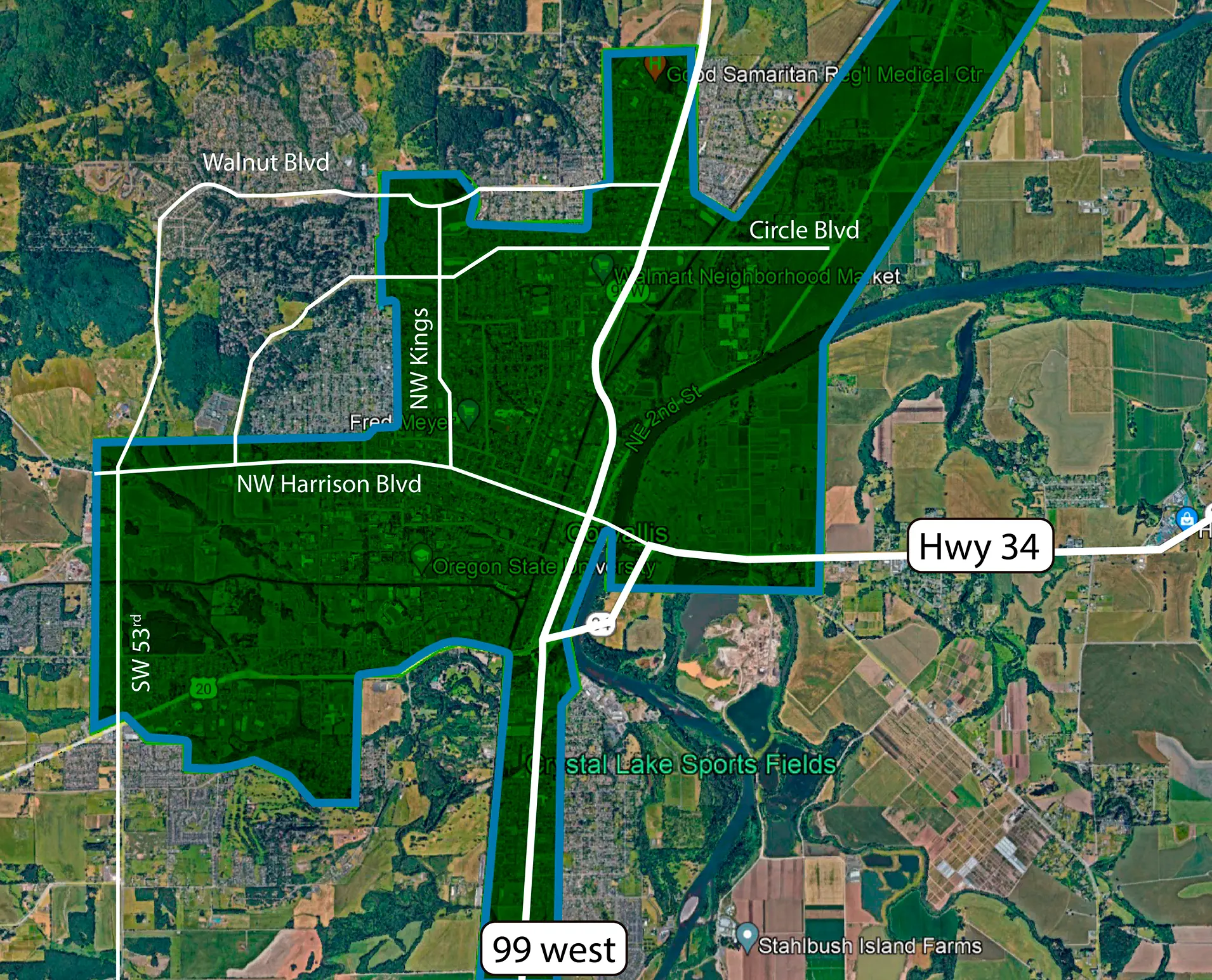The COVID-19 crisis has created a dramatic shift across the healthcare industry. An April 2020 survey conducted by Sermo of over 1,300 physicians revealed 90% are currently using telehealth in some way to treat patients, with 60% planning to continue when the crisis is over.
The last thing any healthcare organization should need to worry about right now is the strength of their internet connectivity. Providers must have the bandwidth to ensure the patient experience is positive, even if it’s happening online. It’s not the time to cross your fingers and hope your carrier will follow through with their promises for an adequate connection.
To provide the best possible care through telemedicine, healthcare organizations need the reliability and speed of a symmetrical fiber optic network.
Why Fiber?
Healthcare organizations need solid connectivity for telehealth applications to run smoothly. For a clinician, video conferencing isn’t just used to hold business meetings. When examining a patient virtually, high-quality video and audio data are necessary to make an accurate diagnosis. Fiber supports the high-quality video streaming physicians need to “see” their patients online.
LS Networks has built the fiber infrastructure that will allow healthcare systems to provide the best possible care. Telemedicine requires large amounts of bandwidth in order to be delivered with minimal latency. When you’re treating patients remotely, you can’t afford delays that make communication unclear or difficult. Fiber supports huge amounts of bandwidth and is, by nature, extremely low latency, making it the best choice for delivering seamless telehealth services.
Symmetrical upload and download speeds are also critical for healthcare providers offering telemedicine services. Efficiency has always been a key component of delivering a positive patient experience – telehealth is no exception. Fiber enables everyone utilizing your network to operate with maximum efficiency, no matter how many users are simultaneously delivering telehealth services.
The Telehealth Applications That Need Fiber
Delivering telemedicine can also involve more than a one-on-one virtual consultation between a patient and a clinician. Many clinicians now use mobile applications that help patients easily access their own personal health information. Because these applications access data from multiple sources and tend to be web-based, they use up a lot of bandwidth – creating extremely slow speeds for providers and patients without access to fiber.
Even before the pandemic, a diverse range of healthcare practitioners were using telehealth regularly. A study by AMA conducted in 2016 reported that 39.5% of providers using telehealth at that time were radiologists. Sharing diagnostic imaging results efficiently requires the speed provided by a symmetrical fiber optic network.
Another critically important telehealth application is remote patient monitoring through wearables. Clinicians can monitor everything from heart rate to blood pressure to glucose levels – simplifying treatment of high-risk patients that need to stay home during the pandemic. To work effectively, remote monitoring requires the 100% reliable, fast connectivity provided by fiber.
Telemedicine: The New Normal
Regardless of when the COVID-19 crisis tapers off, telehealth services aren’t going anywhere. Healthcare organizations are preparing for remote care to be the new normal. If patients need to be seen virtually and you’re not able to deliver the telemedicine services they need, they’ll seek care from another provider.
LS Network’s symmetrical fiber optic network provides the ultra-fast connectivity that will enable you to offer the best possible care for your patients – even if that care isn’t in-person. Fiber helps you avoid connectivity challenges – such as latency and slow upload speeds – that typically come with cable, DSL, and satellite connections. To give your patients the experience they expect, now and into the future, your healthcare organization needs fiber. Get in touch with LSN today and move forward with fiber.








